When you purchase through links on our site, we may earn an affiliate commission. Learn more...
Internal vs External SSD: Which One Should You Buy?

Alright boys, let’s talk storage space! Compared to the much older HDDs, SSDs can offer vastly improved loading speeds and data transferring.
With the rapid decrease in their pricing, they will eventually replace HDDs altogether. There are currently 2 different types of SSD: Internal and External.
A lot of people might make a mistake when buying, thinking that they are the same with the only difference being that only one is portable but the truth is that they have quite a few differences in pricing, speed, and connectivity.
Key Takeaways
- The main difference between internal and external SSDs is the interface that’s used to connect to the computer.
- Internal SSDs connect via SATA or PCIe interfaces, while external ones connect mainly through USB.
- Internal SSDs can be faster than external ones due to fewer elements limiting their speed.
- External SSD speeds are faster than those of internal SATA ones, although they are not yet on par with the NVMe speeds.
- The decision of which one to buy depends on the specific use case, some might need the portability that external SSDs offer while others may need the speed and affordability of internal SSDs.
What is the difference between an internal and external SSD?
There is no distinction between the way both drives write/read data. The main difference is in their connection to the computer. Internal SSDs connect via SATA or PCIe(NVMe) interfaces, while external ones connect mainly through USB.
This difference will, as a result, be quite significant regarding the speed of both drives. You’ll understand what I mean later in this article.
Are internal SSDs faster than external ones?
| Type | Interface | Read Speed | Write Speed |
|---|---|---|---|
| Internal 2.5″ | SATA | 535MB/s | 450MB/s |
| Internal M.2 | PCIe(NVMe) | 3500MB/s | 2500MB/s |
| External | USB 3.2 | 1500MB/s | 1000MB/s |
Internal SSDs’ speed of reading and writing can be faster than the externals’ since they have fewer elements limiting their speed.
However, if you use all the recent interfaces like USB 3.0 or better you can achieve similar performance for both drive types.
Only 2 factors can limit the transfer rates of internal SSDs:
- The drive speed
- The transfer interface
While an external SSD has 3 limiting factors:
- The drive speed
- The transfer interface
- The electronic interface converter in the enclosure
At the moment most SATA SSDs run at about 500Mbps read/write speed, even though an internal SATA interface transfers data at a 6Gbps rate. So, the “bottleneck” here is the drive speed.
The same is true for the transfer interface as you will not get the drive’s max speed if you hypothetically connect it to an interface with less than a 500Mbps transfer rate.
As for the NVMe interface which is the most popular at the moment, you can see the speed increase to an average of 3500MB/s.
As for the external drives, to simplify it as much as possible, they have an “electronic converter” pre-installed in their casing which converts the main interface of the SSD to a different one(for example SATA to USB).
If you were to remove the external SSD from its casing (not recommended), you would indeed notice that it’s a normal SSD with a SATA connected to this “converter“.
You can see that even if you buy two of the same SSDs and connect them to two interfaces with equal transfer rates, the external will always experience an extra “bottleneck” from the interface that does the conversion.
However, what happens if you connect your external drive to the latest USB version such as USB 3.1 or 3.2 or maybe Thunderbolt? Can the external drives be as fast as the internal ones?
The short answer is no, but, possibly yes. The speed of external SSDs is higher than what the internal SATA ones have to offer but it’s not at the same level as the NVMe ones just yet.
Once we have a newer version of USB such as 4.0, you can expect the external SSDs to have very similar performance as the internals or even better in specific cases.
There are already external PCIe drives and enclosures that are faster than the internal mechanical drives but their prices don’t allow me to put them in this conversation.
Which one should you buy?
A few years back, internal SSDs used to cost way higher than external ones mainly because they were built with better materials and had higher speeds. Nowadays, with the faster interfaces which can be used by external drives, the prices are reversed.
You can get a decent 500GB internal SSD on Amazon with a starting price of $40 (without the discounts) while an external one starts at $89.99.
Considering how similar their performance can become over the next years, it is only a matter of time before the external drives get even more expensive. No internal drives can match the portability that external SSDs offer.
You can even use them for gaming as their load times are not even slow anymore. You can plug the drive into your console, perform a format, and then use it as external storage.
For example, you can easily install PS5 games, go to your friend’s place, and run them from the external storage on his PS5. They are worth the price if you ask me!
Who should buy an Internal SSD?
This type of storage should be bought by people who are on a limited budget and don’t need the flexibility that the External SSD offers.
If all you need is fast boot times, large storage capacity, speed, and multitasking capabilities then an Internal SSD is the perfect fit for you.
Who should buy an External SSD?
People who are interested in gaming and also want to use the portability that it generally offers should purchase an External SSD.
Their higher price should surely be taken into consideration but if budget is not an issue, they are worth the money.
Final Thoughts
External SSDs are just normal Solid-State Drives that are installed in a casing with a converter that changes their main connection interface to a different one.
Nowadays, both of them can have the same performance when it comes to speed, although, external drives are more expensive as they offer more options to their buyers.
At the end of the day, upgrading your PC with either of them is utterly the right answer since all the latest programs and video games tend to get larger and require more and more resources to run.

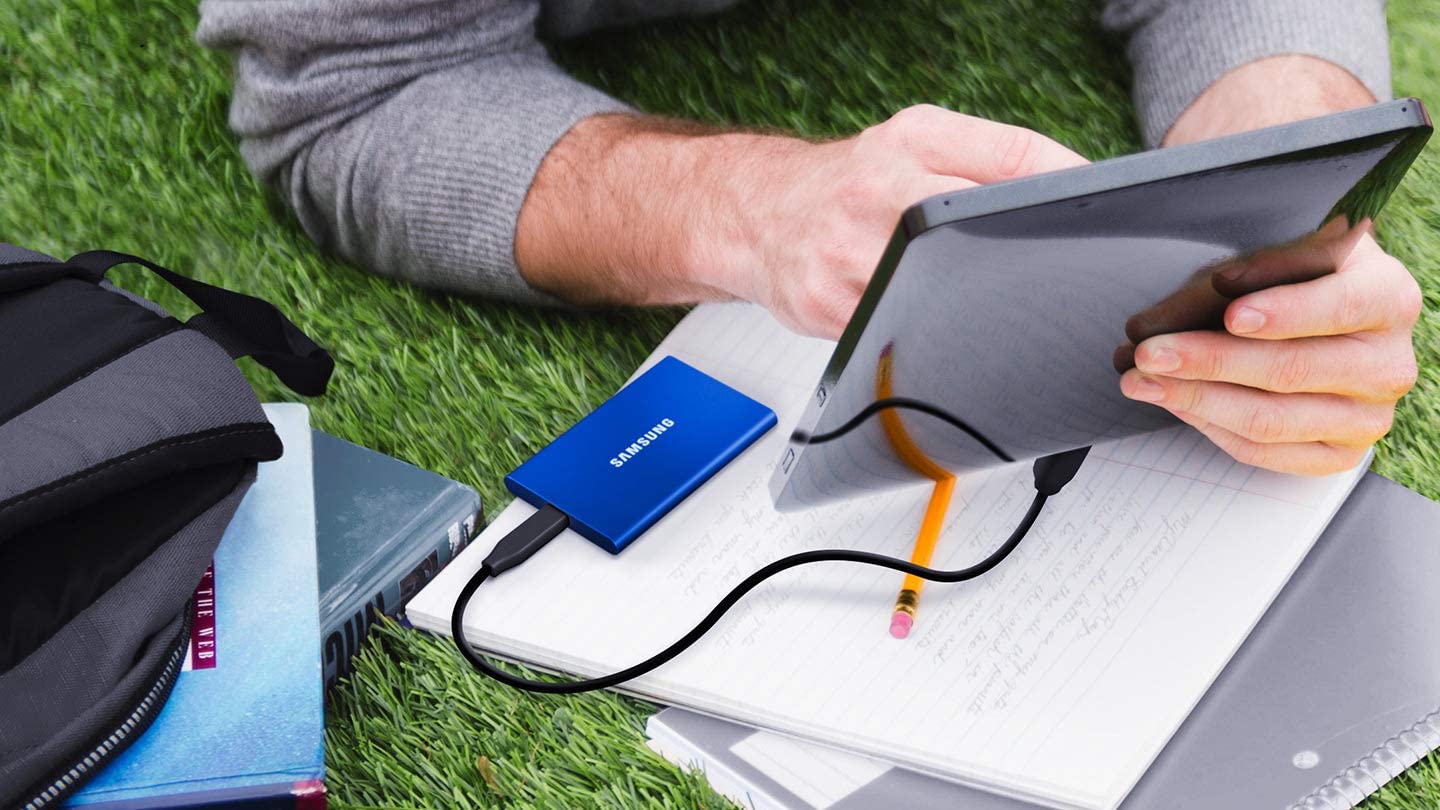
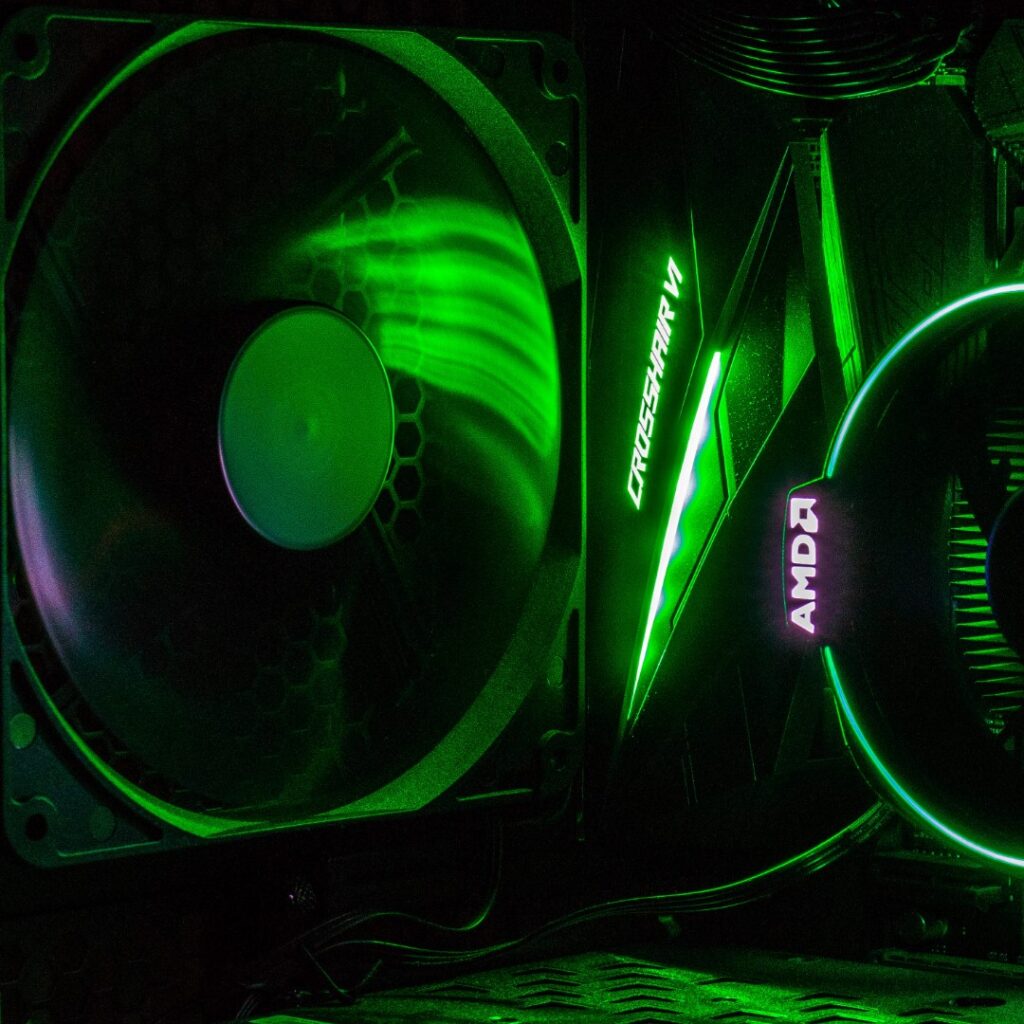
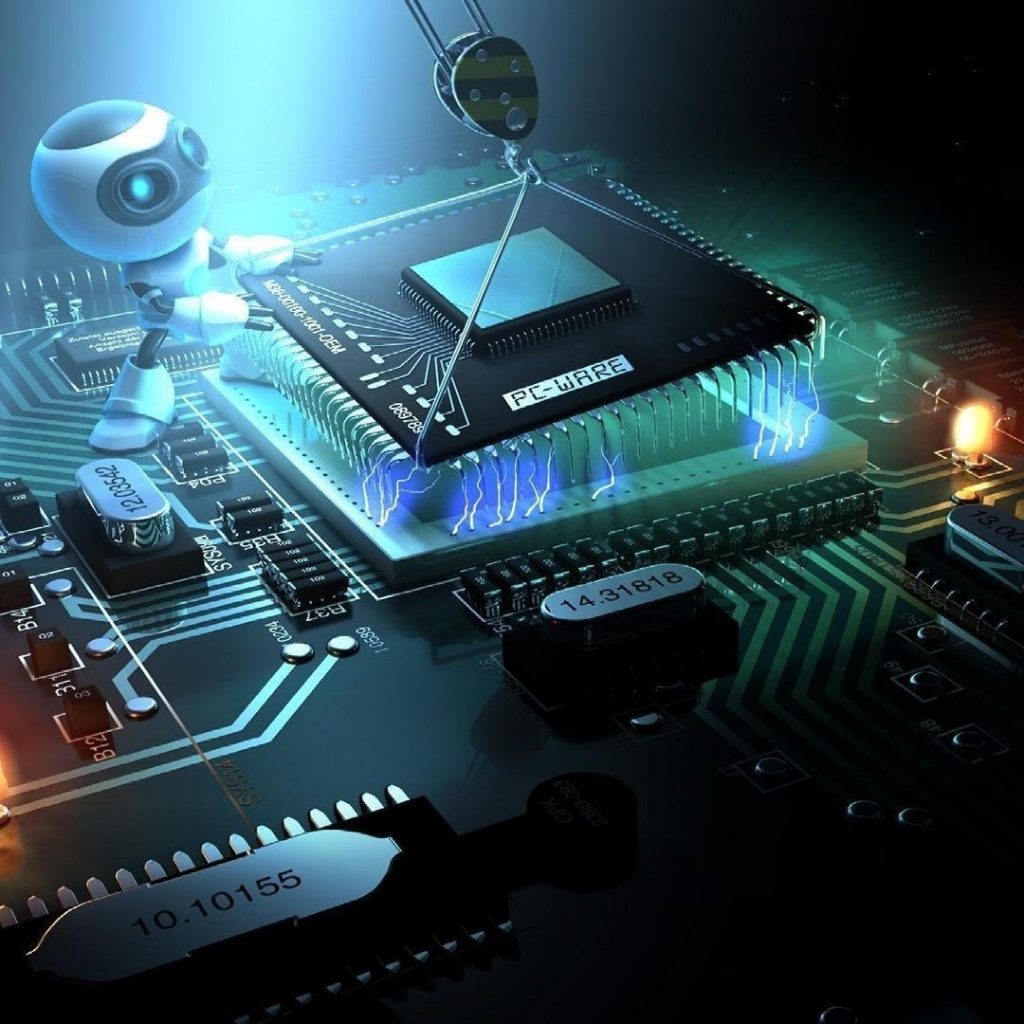
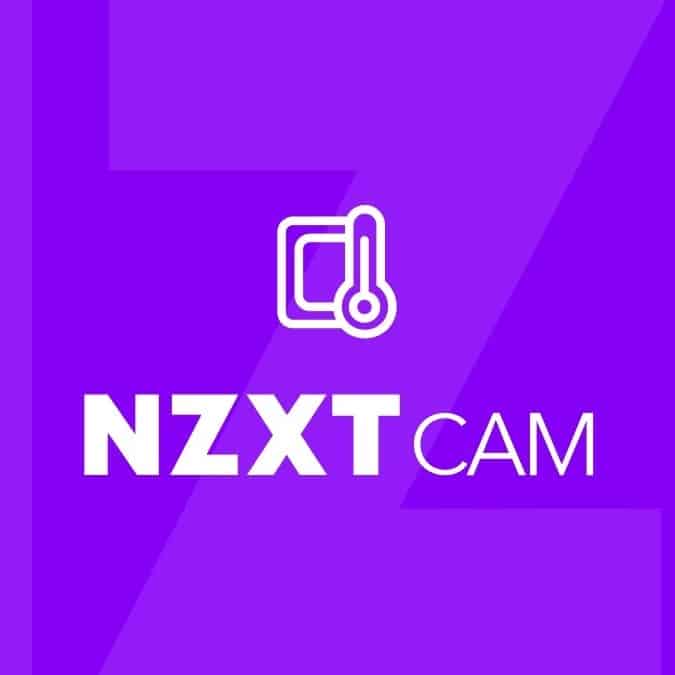

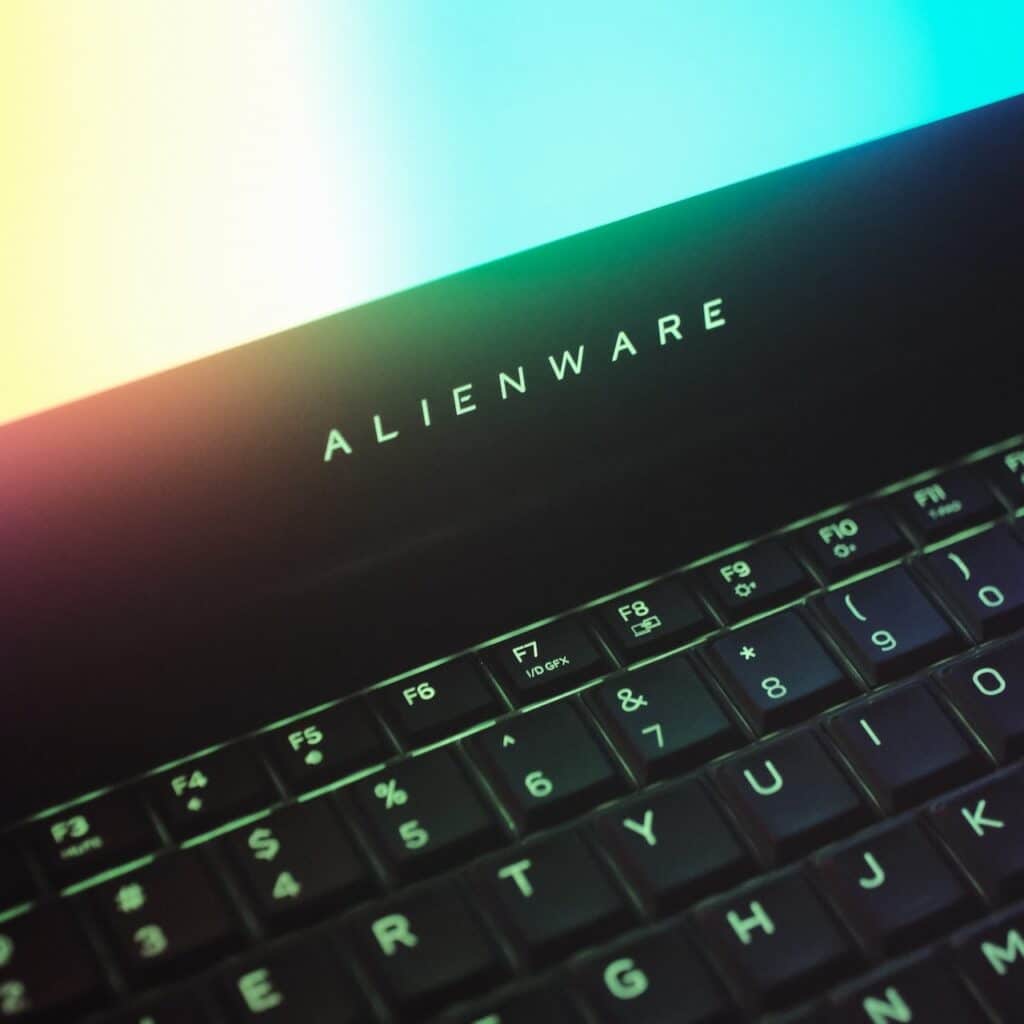

Thank you, very useful article!
Elizabeth